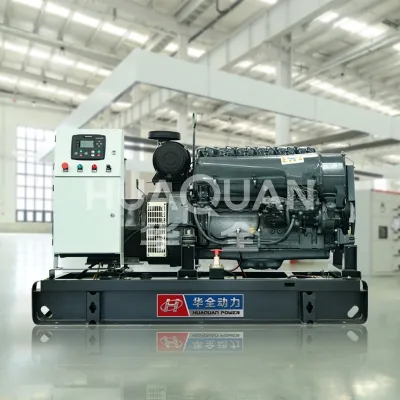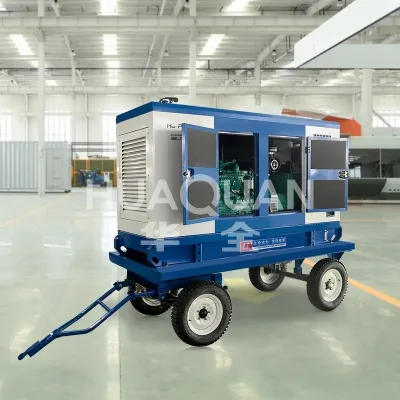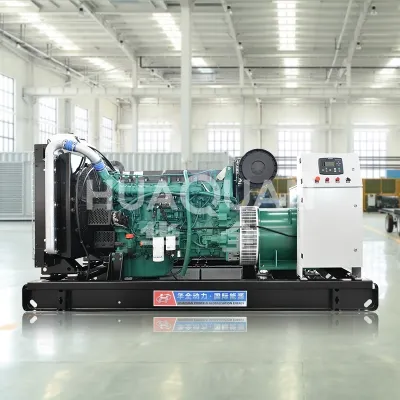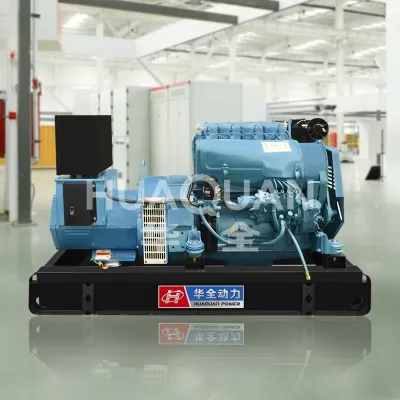Open frame type generator sets are widely used in industrial, construction, and outdoor applications due to their robust design and ease of access for maintenance. However, achieving optimal performance requires careful attention to several critical factors. Below are key considerations to ensure your open frame generator operates efficiently and reliably.
1. Proper Sizing and Load Management
Match Capacity to Demand: Overloading or underutilizing a generator can lead to inefficiencies or premature wear. Analyze power requirements to select a generator with the right capacity.
Load Distribution: Avoid connecting high-start-current appliances (e.g., motors) simultaneously to prevent voltage drops. Use a load bank for testing and balancing.
2. Fuel Efficiency and Quality
Use Clean Fuel: Contaminated fuel can damage injectors, carburetors, or filters, reducing efficiency. Implement regular fuel filtration and storage best practices.
Optimize Fuel Type: Diesel generators often offer better fuel efficiency and durability for heavy loads. Gasoline generators may suit lighter, intermittent use.
3. Maintenance and Servicing
Scheduled Checks: Adhere to a maintenance schedule for oil changes, air filter replacements, and spark plug inspections (for gasoline models).
Cooling System Health: Ensure the radiator and fans are free of debris to prevent overheating. Check coolant levels and hoses regularly.
4. Environmental and Operational Conditions
Ventilation: Open frame generators rely on ambient airflow for cooling. Avoid enclosing them in tight spaces or operating in dusty environments without adequate filtration.
Altitude and Temperature: Adjust fuel/air mixtures and cooling systems for high-altitude or extreme-temperature operations to prevent performance drops.
5. Noise and Vibration Control
Silencers and Mounts: Install vibration dampeners or anti-vibration mounts to reduce noise and extend component lifespan.
Exhaust Management: Properly route exhaust to minimize noise pollution and ensure compliance with local regulations.
6. Monitoring and Automation
Remote Monitoring: Use IoT sensors or built-in systems to track performance metrics (e.g., voltage, fuel consumption) in real time.
Alerts and Maintenance Logs: Set up notifications for abnormal readings or component failures to address issues promptly.
7. Safety and Compliance
Grounding and Insulation: Ensure proper grounding to prevent electrical hazards. Use surge protectors for sensitive equipment.
Regulatory Compliance: Adhere to local noise, emission, and safety standards to avoid penalties and ensure safe operation.
Conclusion
Optimizing an open frame type generator set involves a holistic attention to sizing, maintenance, and environmental factors. By addressing these key considerations, you can maximize efficiency, reduce downtime, and extend the lifespan of your equipment. Regular audits and proactive maintenance are essential for sustained performance in demanding applications.
For more information, please follow: http://www.huaquan168.com/



